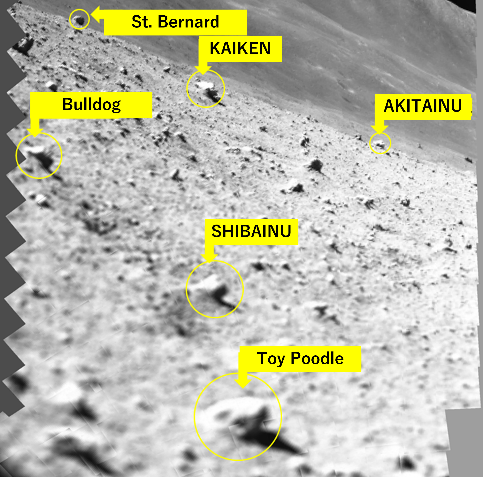After nine days of sitting on its nose on the lunar surface, Japan’s upside-down Moon lander has finally found power. The “moon sniper,” as the lander has been called by many, landed on the lunar surface on January 20, marking the most precise lunar landing yet. However, something went wrong, and it was quickly powered off, as the solar panels were facing away from the Sun.
Thankfully, though, Japan designed the lander to be able to power off and then back on if it were able to get enough of a charge. The result? The Japan Aerospace Exploration Agency, JAXA, has now powered back on the lander and started capturing photos of the moon’s surface where it landed.
Obviously, finding new life for Japan’s upside-down Moon lander is a big deal, and a possibility that was unlikely, given how the lander ended up landing on the surface of the Moon. The fact that it was able to get enough sunlight to charge its batteries and start capturing data is a testament to the technological resilience of JAXA’s design.

The lander, which is actually called the Smart Lander for Investigating Moon, or SLIM, was captured in a photograph by one of the small robots that it released just after landing on the Moon earlier this month. Those photographs showed that the SLIM lander was lying on its nose instead of horizontally as JAXA had planned.
This caused the solar panels to point away from the Sun, and once the lander reached 12 percent battery, the fine folks at JAXA shut off power to increase the chances of being able to boot it back up. That decision paid off, and Japan’s upside-down Moon lander has even started beaming back images of its own.
The first image showcases a field of strewn rocks, which JAXA scientists have affectionately named after popular dog breeds, such as Toy Poodle, Bulldog, Kaiken, and even Shiba Inu, a popular dog breed from Japan.
It’s a momentous occasion, and JAXA expects the lander to continue receiving sunlight through the end of January. What happens after that, though, remains to be seen.








